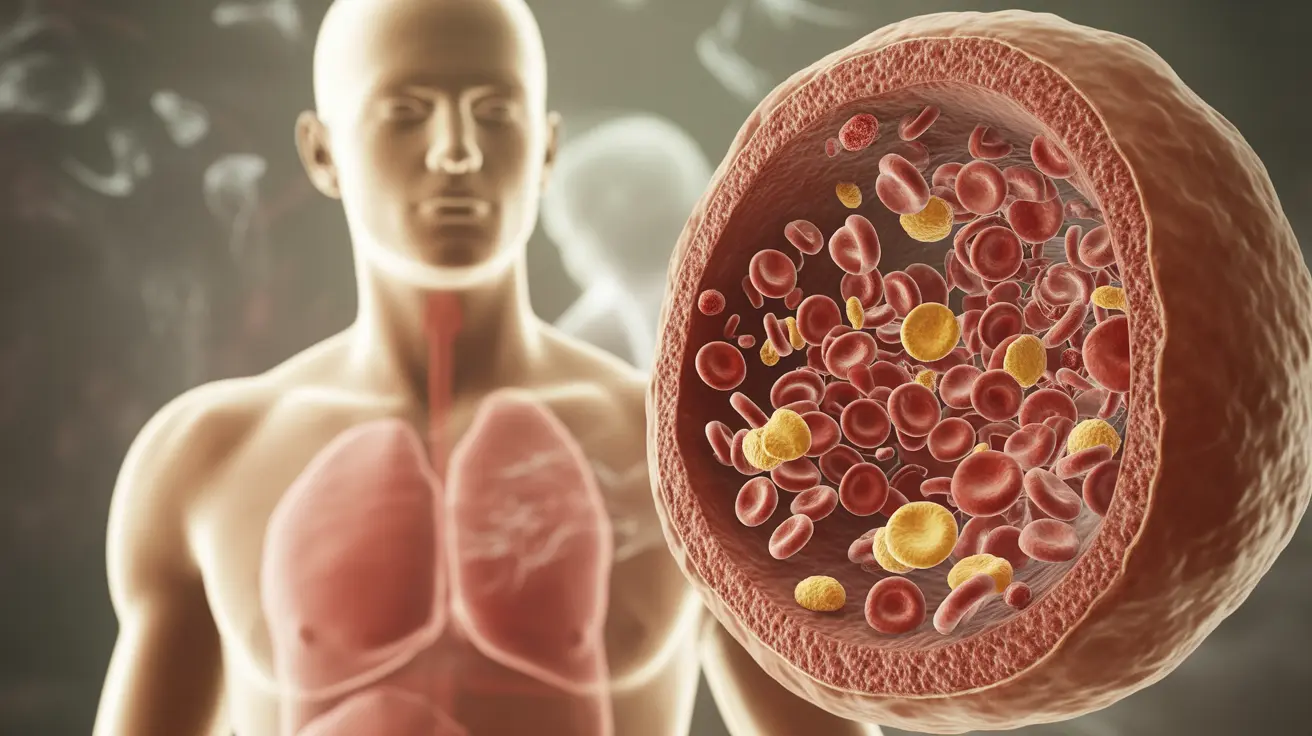Idiopathic aplastic anemia is a rare but serious blood disorder where the bone marrow fails to produce sufficient new blood cells. The term "idiopathic" means the exact cause is unknown, making this condition particularly challenging for both patients and healthcare providers. Understanding its symptoms, diagnosis, and treatment options is crucial for managing the condition effectively.
This comprehensive guide will explore the key aspects of idiopathic aplastic anemia, helping you recognize its signs, understand diagnostic procedures, and learn about available treatments. We'll also discuss important lifestyle considerations and genetic factors that may influence the condition.
Understanding the Condition
Idiopathic aplastic anemia occurs when the bone marrow stops producing adequate amounts of red blood cells, white blood cells, and platelets. Unlike other forms of aplastic anemia where the cause is known (such as exposure to certain chemicals or medications), the idiopathic form has no clear trigger, making it particularly challenging to prevent.
Common Symptoms and Warning Signs
The symptoms of idiopathic aplastic anemia typically develop gradually and may include:
- Fatigue and weakness
- Frequent infections
- Easy bruising and bleeding
- Pale skin
- Shortness of breath
- Rapid or irregular heartbeat
- Unexplained fever
- Frequent or severe infections
These symptoms occur because of the reduced blood cell counts affecting different bodily functions. The severity can vary significantly among individuals.
Diagnostic Process
Diagnosing idiopathic aplastic anemia involves several comprehensive tests:
- Complete blood count (CBC)
- Bone marrow biopsy and aspiration
- Genetic testing
- Flow cytometry
- Chest X-rays and other imaging studies
These tests help doctors confirm the diagnosis and rule out other potential causes of low blood cell counts.
Treatment Approaches
Medical Interventions
Treatment options for idiopathic aplastic anemia typically include:
- Blood transfusions
- Immunosuppressive therapy
- Bone marrow transplantation
- Growth factor medications
- Antibiotics for infection prevention
Supportive Care
Supportive care measures are essential and may include:
- Regular monitoring of blood counts
- Infection prevention strategies
- Bleeding precautions
- Nutritional support
- Psychological support
Living with Idiopathic Aplastic Anemia
Managing daily life with this condition requires certain lifestyle modifications and precautions:
- Maintaining good hygiene to prevent infections
- Following a balanced diet
- Getting adequate rest
- Avoiding activities with high injury risk
- Regular medical check-ups
- Staying current with vaccinations
Frequently Asked Questions
What are the common symptoms of idiopathic aplastic anemia and when should I see a doctor?
Common symptoms include persistent fatigue, frequent infections, easy bruising, and unexplained bleeding. You should see a doctor immediately if you experience these symptoms, especially if they persist or worsen over time.
How is idiopathic aplastic anemia diagnosed and what tests are usually needed?
Diagnosis typically involves a complete blood count, bone marrow biopsy, and various specialized tests to rule out other conditions. Your doctor will also conduct a thorough medical history and physical examination.
What treatment options are available for idiopathic aplastic anemia and how effective are they?
Treatment options include blood transfusions, immunosuppressive therapy, and bone marrow transplantation. The effectiveness varies by individual, but many patients achieve significant improvement with appropriate treatment. Bone marrow transplantation offers the potential for a cure in eligible patients.
Are there any lifestyle changes or precautions that can help manage idiopathic aplastic anemia?
Important lifestyle changes include maintaining good hygiene, avoiding infection risks, following a healthy diet, getting adequate rest, and regular medical monitoring. These measures help support overall health and reduce complications.
Can idiopathic aplastic anemia be inherited or passed on to children?
While idiopathic aplastic anemia itself is not directly inherited, some people may have genetic factors that increase their susceptibility to developing the condition. Genetic counseling may be recommended for individuals concerned about family planning.




